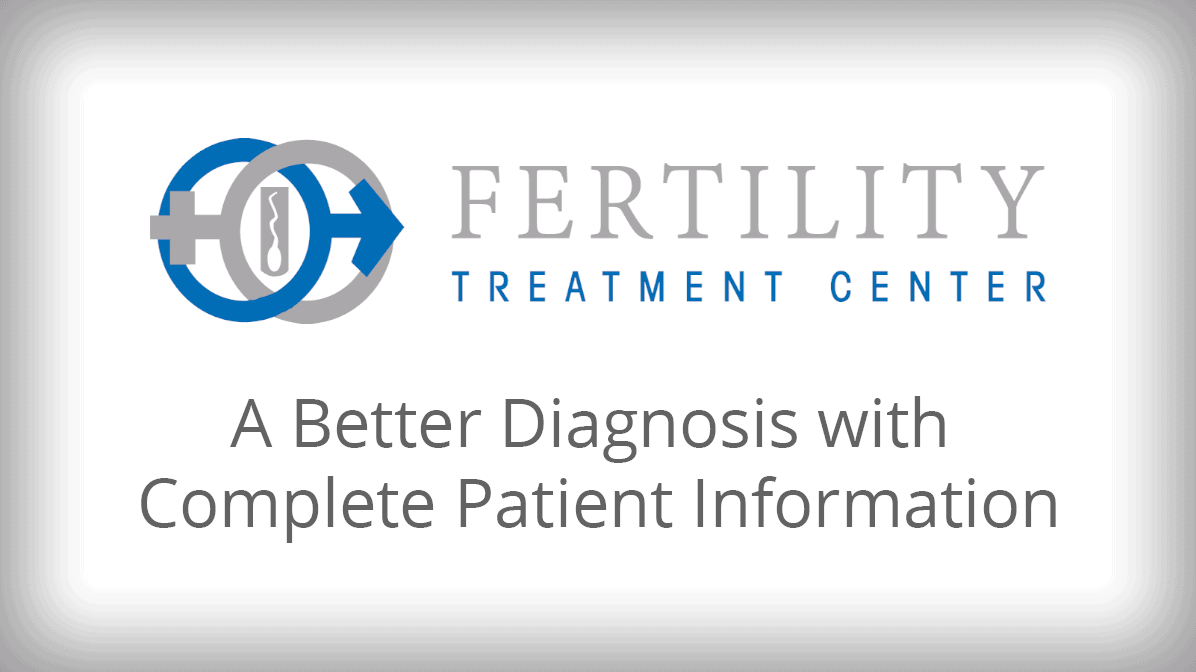Why hasn’t this couple achieved pregnancy?
While IVF is an effective form of infertility treatment, what many don’t know is that IVF can also be an invaluable diagnostic tool. It is the only “test” that allows fertility doctors to diagnose one or more of the following hidden causes of a patient’s infertility:
1. Empty Follicle Syndrome
We obtain several ultrasound images of the ovaries during each IVF cycle and expect about 80% of ovarian follicles to contain an egg. Sometimes, after we “tap” the follicles we find there are actually no viable eggs inside. In these patients we know that Empty Follicle Syndrome is to blame for the patient’s infertility.
2. Egg Immaturity
In general, the larger the follicle size on ultrasound, the more mature the egg. However, we sometimes find follicles that look great on ultrasound, but once we extract the eggs, we find that they are immature and won’t fertilize well.
3. Fertilization Defect
In many instances, a patient may have many viable appearing eggs and their partner’s sperm also look great, but the two just simply bounce off each other and won’t fuse together and fertilize. IVF is the only way we can evaluate the Fertilization Rate, by looking through a microscope to see if a patient’s eggs fertilize or not.
4. Slow Embryonic Development
Once a human egg is fertilized, it should undergo cell division every 10 hours. In some cases, the cell division may be slower, for example every 18 to 20 hours, running so far “behind schedule” that it cannot implant into the uterus to achieve pregnancy.
The great thing about In vitro fertilization is that I can not only use it as a wonderful diagnostic tool, but I can usually treat the diagnosis problem during the IVF cycle. If a patient’s eggs are immature, we add a special maturation fluid. If they don’t fertilize, we’ll make them fertilize by doing ICSI, injecting the best sperm directly into the egg. If the embryos develop slowly, we can simply freeze them and wait for the right time to implant them during the next cycle.
At Fertility Treatment Center, we treat our patients as individuals…and take great care in personalizing treatment plans that meet each patient’s specific needs.



